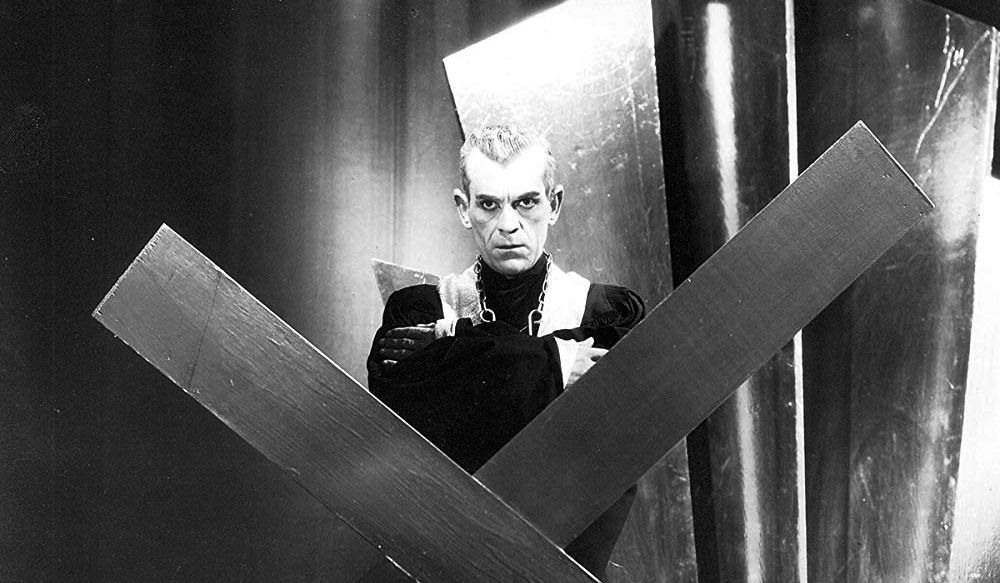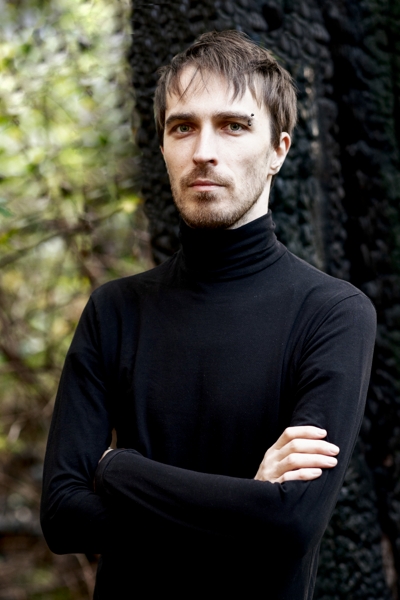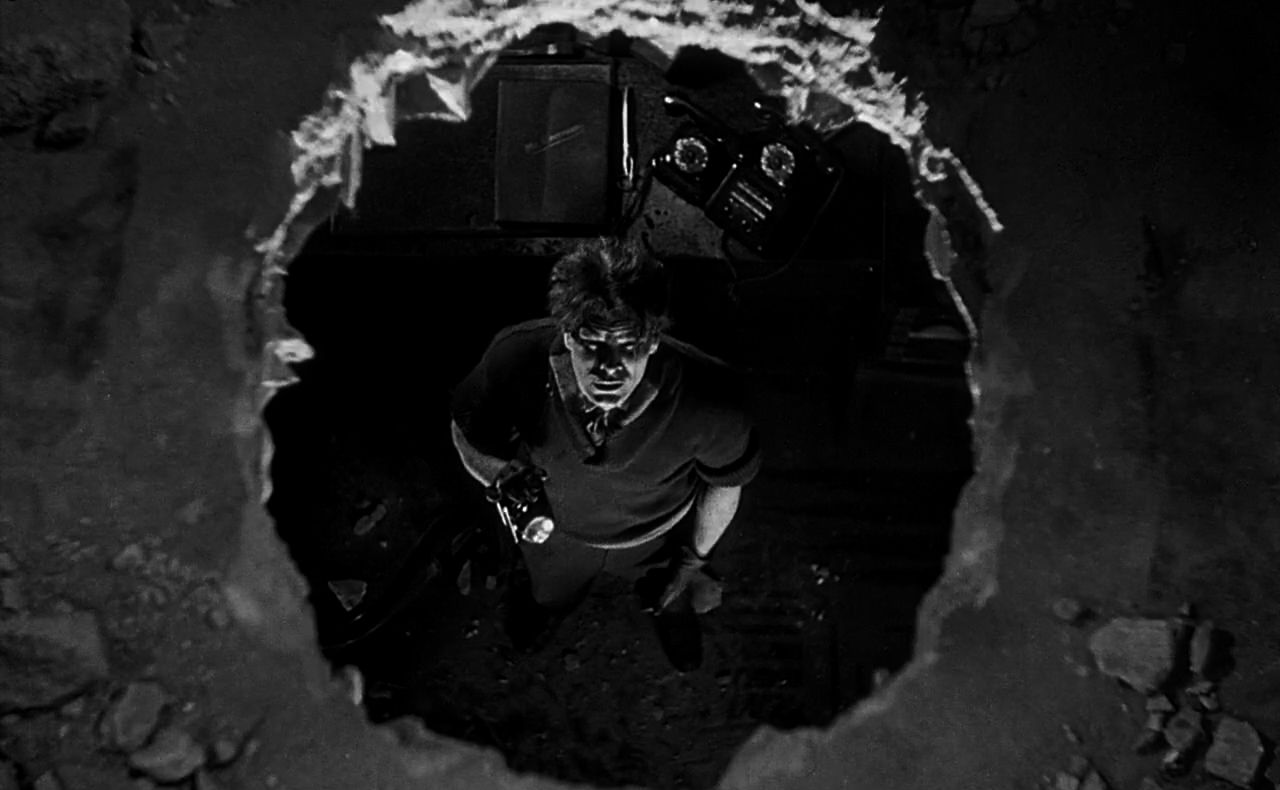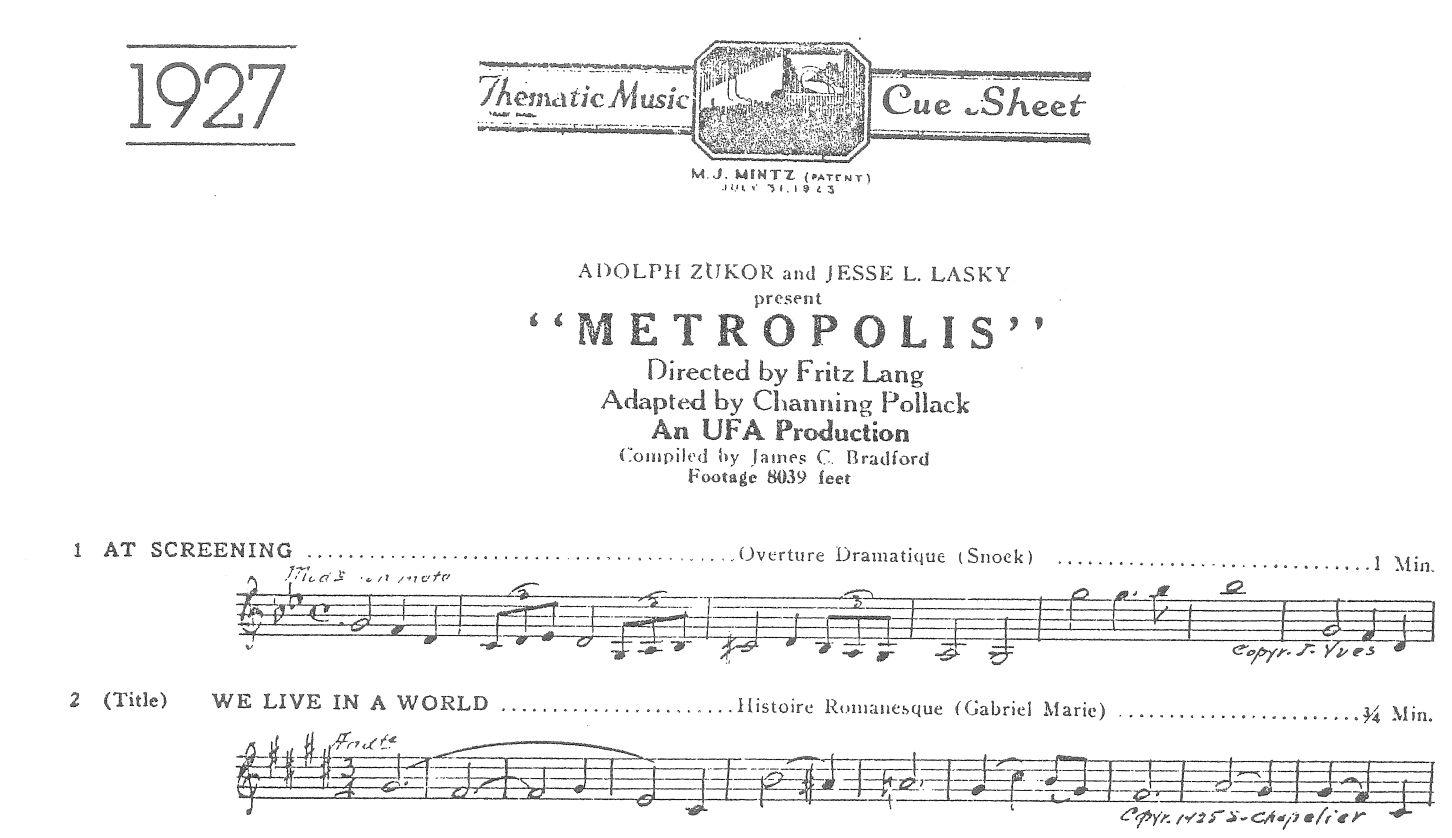
The first three bars of toccata from Toccata and Fugue in D-minor by J.S. Bach are probably the most recognizable fragment of all horror music clichés. First used in 1931 film Dr. Jekyll and Mr. Hyde by Rouben Mamoulian and three years later in adaptation of E.A. Poe novel The Black Cat, directed by Edgar G. Ulmer. But what makes this piece so dark and distressing?
Toccata and Fugue was originally written for church organs (there is a theory according to which the composition was originally written for a violin) and the sound of the organs perfectly reflects the atmosphere of the gothic story. Arpeggios goes down in the second bar and diminished seventh chord causes chills. Ascending motion at the end of second bar builds the tension, also D-minor scale is often considered as dark or demonic (however, it is debatable if scales are really related to specific emotions). These elements even today are great building blocks for horror soundtrack, but there is more. The use of groups of instruments lets us enrich timbres and build contrasts by altering between solo instruments and orchestral parts. Altering pulse or changing tonation at the very end of movement introduces an element of surprise and makes music more disturbing. This is exactly what John Carpenter did in his soundtrack for Halloween (yes, he actually composed the music to his own film, but contrast was build by altering piano and synth motifs). Sustaining chords are another element borrowed by modern film score composers from J.S. Bach, just listen to In heaven everything is fine from David Lynch’s Erasehead, you’ll hear long sustained organ chords.
Another great example of contrast is theme composed by Philip Glass for classic horror Candyman. This one is nice and fairly simple tune, first played when Helen will go over press titles. Calm, melodic line contrasts with press headlines informing about brutal murders. This is an example of so called audio-visual polirythm. Clearer example of using this technique is scene from The Bride of Frankenstein by James Whale (music by Franz Waxman), where dramatic action was combined with joyful music.
If you are interested in a more detailed analysis of soundtracks from classic horrors - I recommend the article by William H. Rossar Music for the monsters Universal Pictures' Horror Film Scores of the Thirties.

If you can think of any particular style, instrumentation or arrangement that would fit to your project - I can do it for you. Sky is the limit. Just share your idea I'll create your desired soundtrack.
But if you prefer to stay focused on other aspects, you can show me your project, no matter if it is a film, spectacle or video game, you can show me our project and I'll come up with something exclusively for you.
I can provide you either score sheets or complete, mixed and mastered recordings. Nowadays composer can create big projects only with computer and samples but sometimes real instruments are better solution. You can decide what will be recorded and ho it will be done.
 Making music in terminal
How far can we go with digital minimalism? Can we make music on cheapest computer?
Making music in terminal
How far can we go with digital minimalism? Can we make music on cheapest computer?
 Leitmotif in film scoring
What are leitmotifs? Why are they great way to create a memorable soundtrack?
Leitmotif in film scoring
What are leitmotifs? Why are they great way to create a memorable soundtrack?
 What are cue sheets?
Cue sheet makes it easier to prepare a good soundtrack. Let's see how it looks and what its history is.
What are cue sheets?
Cue sheet makes it easier to prepare a good soundtrack. Let's see how it looks and what its history is.